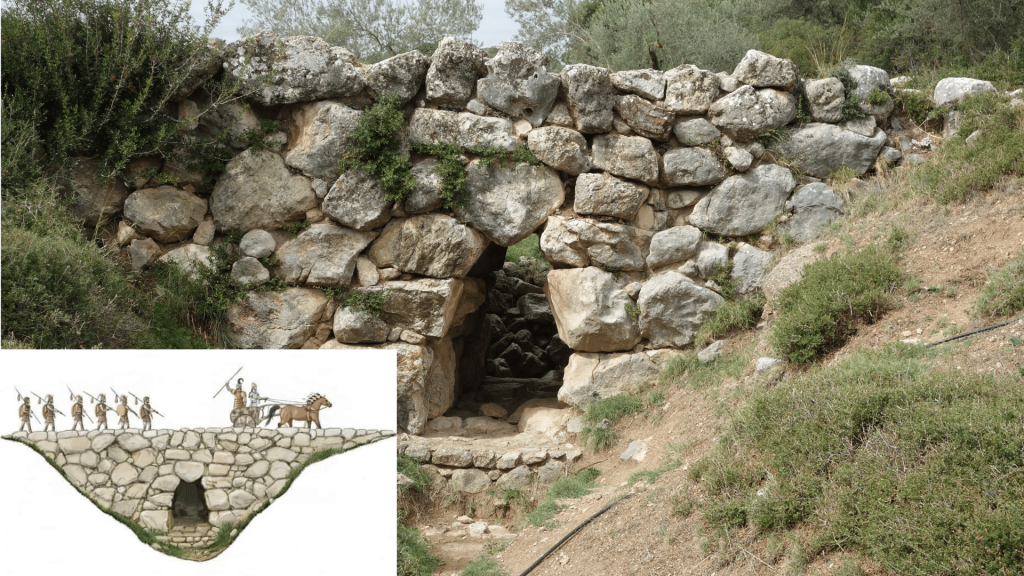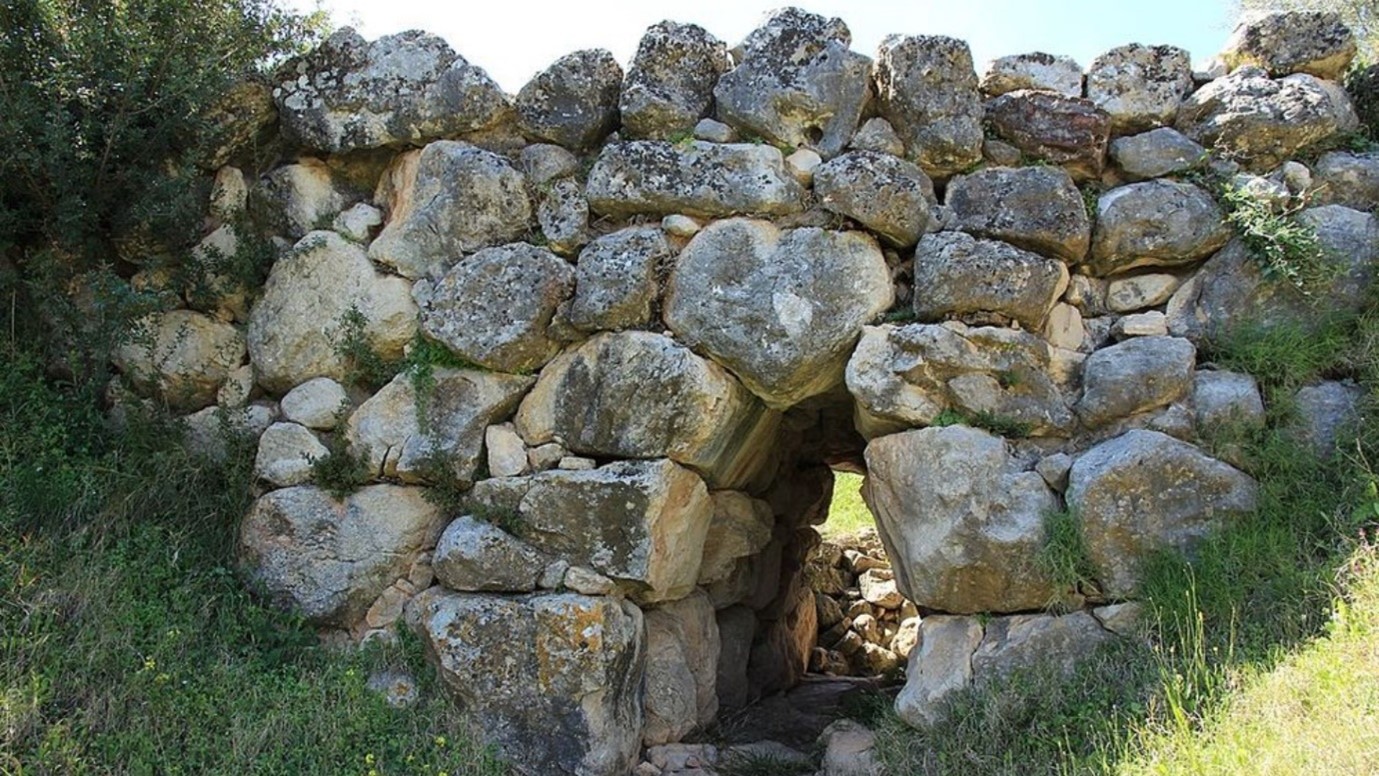Europe’s Oldest Bridge: The Enduring Mystery of Kazarma (Arkadiko) Bridge
The Kazarma Bridge, also widely known as the Arkadiko Bridge, holds a remarkable distinction as Europe’s oldest preserved bridge, a testament to ancient engineering prowess. Dating back to the Mycenaean Bronze Age, around 1300 BCE, this incredible structure is not just a relic of the past but remains functional and traversable to this very day. Located near the modern road from Tiryns to Epidauros on the Peloponnese, Greece, it was an integral part of a sophisticated military road network connecting key Mycenaean centers.

What makes the Arkadiko Bridge particularly astonishing is its construction method: Cyclopean masonry. This technique involves fitting massive, often unworked, limestone boulders together with such precision that no mortar was needed. The sheer weight and careful, symmetrical placement of these stones have allowed the bridge to withstand millennia of use, natural elements, and seismic activity. Measuring approximately 22 meters long, 5.6 meters wide at its base, and 4 meters high, its design, including curbs along the roadway, strongly suggests it was specifically built to accommodate the passage of horse-drawn chariots.
The enduring presence of the Arkadiko Bridge offers invaluable insights into the advanced capabilities of the Mycenaean civilization. It demonstrates their mastery of stonework, their understanding of road networks for both military and trade purposes, and their ability to construct infrastructure that would last for thousands of years. As one of several similar Mycenaean bridges in the region, all sharing comparable design and age, the Kazarma Bridge stands as a powerful, tangible link to a distant past, allowing modern visitors to walk across the very stones once traversed by ancient Greeks.
